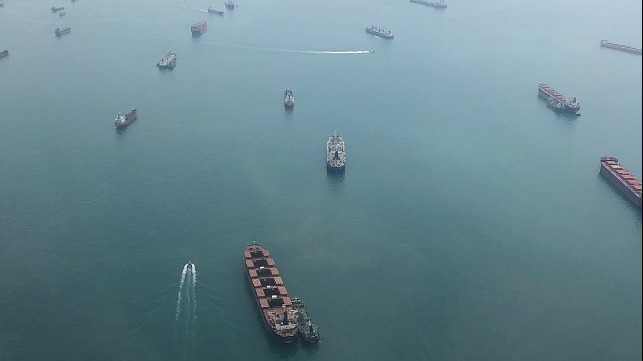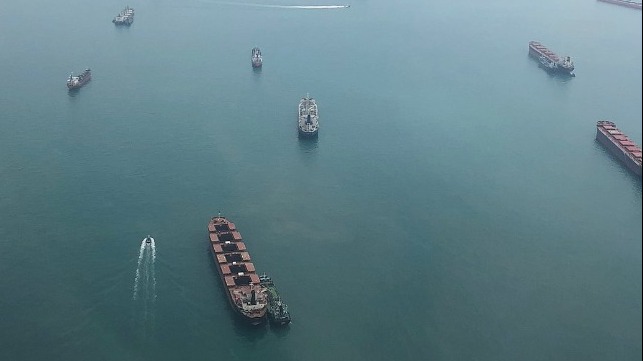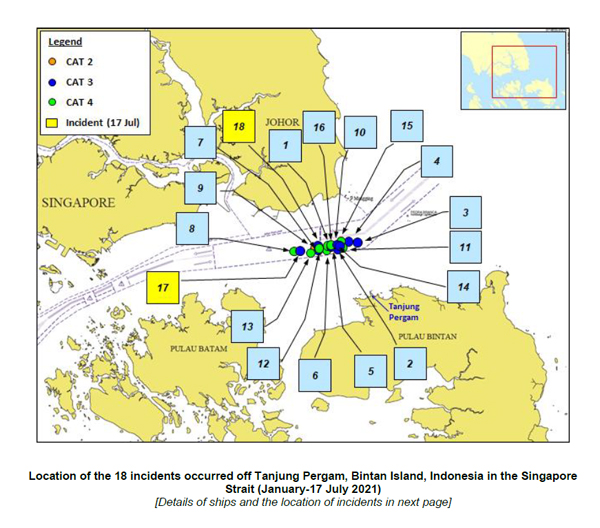Update: The South Dakota working group's draft recommended including Oceti Sakowin stories in kindergarten to studying tribal banking systems in high school, but the state education department cut many of those recommendations

UPDATED:AUG 12, 2021
THE ASSOCIATED PRESS
Stephen Groves
Associated Press
SIOUX FALLS, S.D. — Teachers, educators and other South Dakota citizens charged with crafting new state social studies standards said Tuesday that Gov. Kristi Noem’s administration deleted many elements intended to bolster students’ understanding of Native American history and culture from their draft standards.
Members of the working group — appointed by the Department of Education to review and update the standards — said they were caught by surprise on Friday when the department released a document with significant changes. New standards are released every seven years. They said changes made to the draft they submitted in late July gave it a political edge they had tried to avoid, instead aligning with the Republican governor's rhetoric on what she calls patriotic education.
The working group's draft recommended including Native American culture from Oceti Sakowin stories in kindergarten to studying tribal banking systems in high school, but the department cut many of those recommendations.
The Forum News Service and South Dakota Public Broadcasting first reported the changes.

In this 2019 photo, South Dakota Gov. Kristi Noem gives a budget address to lawmakers at the state Capitol in Pierre, S.D. (AP Photo/James Nord, File)
She joined the group after trying unsuccessfully for years to get the state government to implement a greater emphasis on Indigenous history and culture in public schools. Johnson said she was one of two tribal members on the 46-member working group, but felt encouraged by the draft they submitted.
When the revised draft was released, she watched in real-time as Native American history was erased. The Department of Education cut in half the number of references to Indigenous Native Americans, tribal, or Oceti Sakowin — the Sioux Nation tribes located in the region.
“We don’t show up for great periods of time. It’s like we don’t exist,” she said.
Cheyenne River Sioux Tribe Chairman Harold Frazier issued a strongly worded statement on Wednesday.
"Unfortunately, the bureaucrats and politicians who commissioned the workgroup gutted the portion of the curriculum regarding our Indigenous people," Frazier said. "Removing the important lessons of who we are, where we came from and why things are the way they are, robs every young mind of the necessary understandings to overcome the hurdles of conflict, genocide, and historical trauma."
The Department of Education said in a statement that it “relied heavily on the recommendations ” from the workgroup but that the proposed standards put a greater emphasis on learning about the experience of Native Americans in South Dakota than the previous set of standards.
“The department made certain adjustments before the release of the draft to provide greater clarity and focus for educators and the public," the department said. “The draft standards provide a balanced, age-appropriate approach to understanding our nation’s history, government, economy, and geography, including opportunities to teach about the experiences of all peoples.”
Rosebud Sioux Tribe President Rodney Bordeaux told KELO that he disagrees with the removal.
“All South Dakota citizens need to be taught what’s going on in the state and throughout the country,” he said. “You shouldn’t gloss over it — I think our citizens deserve better. They need to know the true history so they know what they’re dealing with.”

Rosebud Sioux Tribe President Rodney M. Bordeaux
NDN Collective, an Indigenous-led advocacy organization based in the state, responded "to the blatant erasure of Indigenous people."
“The consistent and active erasure of our people is demonstrative of a larger social and systemic issue of white supremacy, racism and clear lack of cultural proficiency that can only be addressed when we begin to be inclusive of the narratives that have been absent and excluded from our education system," Sarah White, NDN Collective director of Education Equity, said.
The response also included a statement from NDN Collective President and CEO Nick Tilsen.
“The new document takes sides,” he said. “They have turned it into a political football.”
While the preface submitted by the workgroup explained their purpose was to “prepare students to be active, aware, and engaged citizens of their communities, state, country, and world,” the Department of Education released an entirely new preface. It places more emphasis on the “framers of our nation’s constitution,” and references Noem's effort to create a state history and civics curriculum for K-12 students.
The revised preface states: “The founders of our nation emphasized the important role education played in equipping people for the knowledgeable practice of their responsibilities and the respectful enjoyment of their liberties, realizing the common good, and understanding other points of view and cultural beliefs are all equally protected.”
The department will hold public hearings on the proposed standards throughout the school year, and the Board of Education Standards will adopt the final standards in March. The standards are widely followed by school districts but are not mandatory.
Harens predicted the revisions from the Department of Education would stoke divisions at school boards across the state as they wade through a wider political debate on how history and racism are taught.
“All of a sudden you have a political agenda,” he said.
























